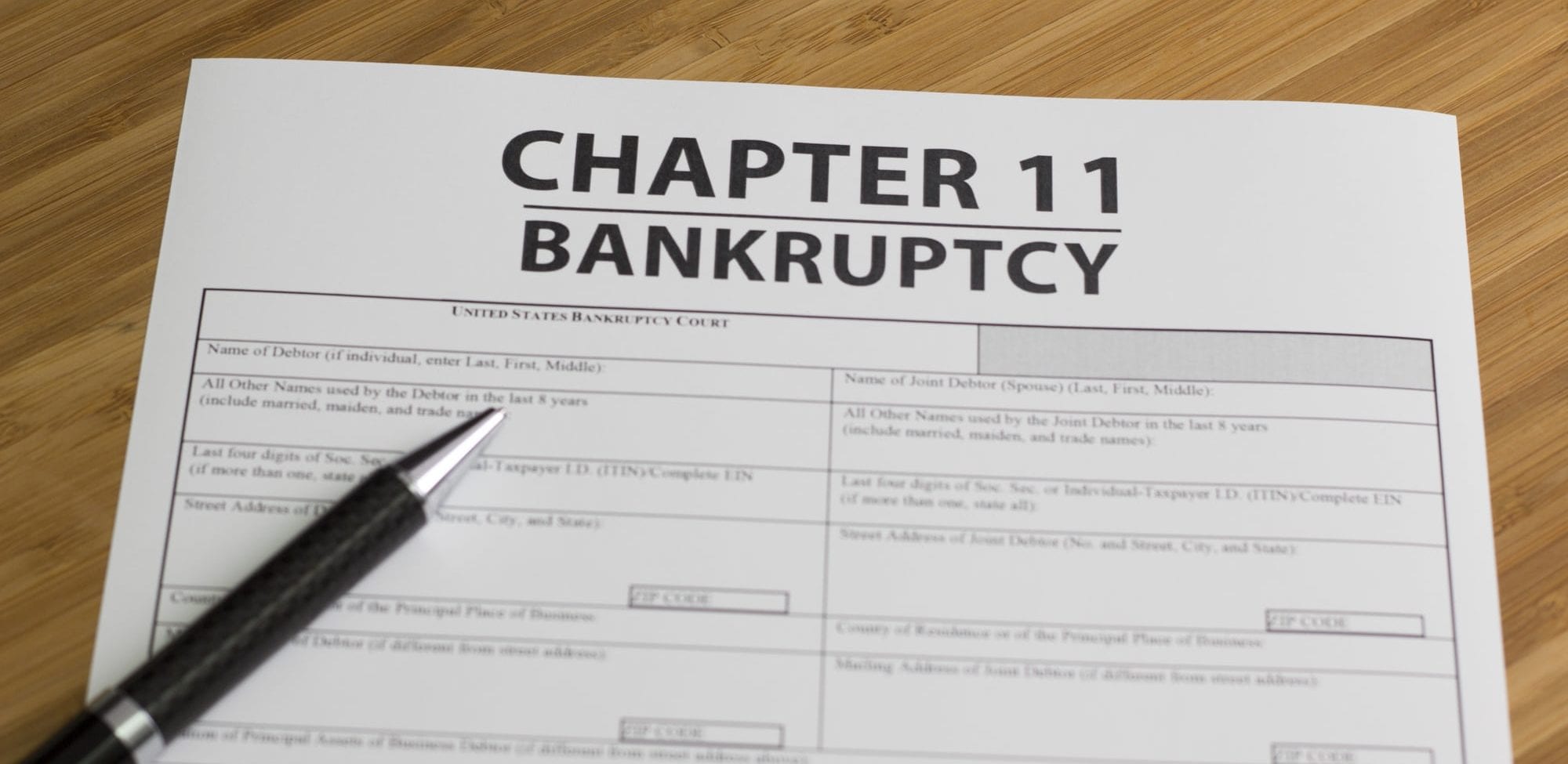In today’s complex economic landscape, financial struggles can lead individuals and businesses down a challenging path. One such path is bankruptcy, a term that has become increasingly common in recent years. This article aims to provide a comprehensive understanding of what a bankruptcy situation entails.
Understanding Bankruptcy
Bankruptcy is a legal status or process that individuals and entities, including businesses, can go through when they cannot meet their financial obligations. It involves declaring an inability to pay off outstanding debts and seeking legal protection to reorganize or eliminate these debts. Bankruptcy proceedings are governed by federal laws and vary from country to country.
Types of Bankruptcy
- Chapter 7 Bankruptcy (Liquidation)Chapter 7 bankruptcy is often referred to as the “liquidation” bankruptcy. It involves the sale of non-exempt assets to pay off creditors. Any remaining eligible debts are typically discharged, meaning the debtor is no longer obligated to repay them.
- Chapter 11 Bankruptcy (Reorganization)Chapter 11 bankruptcy is primarily utilized by businesses. It allows them to reorganize their finances and continue operating while developing a plan to repay creditors. This form of bankruptcy is complex and may take longer to resolve.
- Chapter 13 Bankruptcy (Individual Debt Adjustment)Chapter 13 bankruptcy is designed for individuals with a regular income. It involves creating a repayment plan over three to five years to satisfy their debts partially or in full.
Common FAQs about Bankruptcy
- Is bankruptcy the only solution for severe financial problems?No, bankruptcy is just one option. Before considering bankruptcy, individuals and businesses should explore alternatives such as debt consolidation, negotiation with creditors, or credit counseling.
- Will bankruptcy eliminate all my debts?While bankruptcy can discharge many types of debts, it doesn’t clear all financial obligations. Certain debts, like student loans and child support, are generally not discharged in bankruptcy.
- How long does a bankruptcy stay on my credit report?Bankruptcies can remain on your credit report for a substantial period. Chapter 7 bankruptcies typically stay for ten years, while Chapter 13 bankruptcies are reported for seven years.
- Can I keep any assets if I file for bankruptcy?The answer depends on the type of bankruptcy you file. In Chapter 7, non-exempt assets may be sold to repay creditors. In Chapter 13, you can typically keep your assets while adhering to a repayment plan.
The Bankruptcy Process
The bankruptcy process generally involves the following steps:
- Filing a Petition: The debtor initiates bankruptcy proceedings by filing a petition in the appropriate court.
- Automatic Stay: Upon filing, an automatic stay goes into effect, preventing creditors from taking any collection actions.
- Asset Evaluation: In Chapter 7, the court assesses your assets to determine what can be liquidated. In Chapter 13, a repayment plan is developed.
- Repayment Plan: In Chapter 13, you create and follow a repayment plan to satisfy creditors partially or in full.
- Discharge of Debts: Once the process is complete, eligible debts are discharged.
The Impact of Bankruptcy
Bankruptcy can have profound and lasting effects on an individual’s or business’s financial future. Some common repercussions include:
- Credit Score: Bankruptcy significantly impacts your credit score, making it challenging to secure loans or credit for several years.
- Future Loan Eligibility: Lenders may be wary of extending credit to individuals or businesses with a bankruptcy history, and if they do, interest rates are often higher.
- Public Record: Bankruptcy is a public record, which means that it can be accessed by anyone who wishes to see it.
- Emotional and Psychological Impact: The stress and emotional toll of bankruptcy can be overwhelming.
Conclusion
In summary, a bankruptcy situation is a legal process designed to provide individuals and businesses with a fresh start when they find themselves overwhelmed by financial obligations. It is crucial to understand the various types of bankruptcy and their implications, as well as consider alternatives before proceeding with bankruptcy. While bankruptcy offers a lifeline for those in dire financial straits, it is a decision that should not be taken lightly, as it can have long-lasting consequences on one’s financial future. It is advisable to consult with a legal expert to navigate the complexities of bankruptcy and determine the best course of action for your specific situation.







